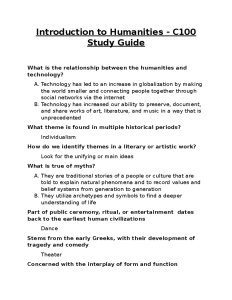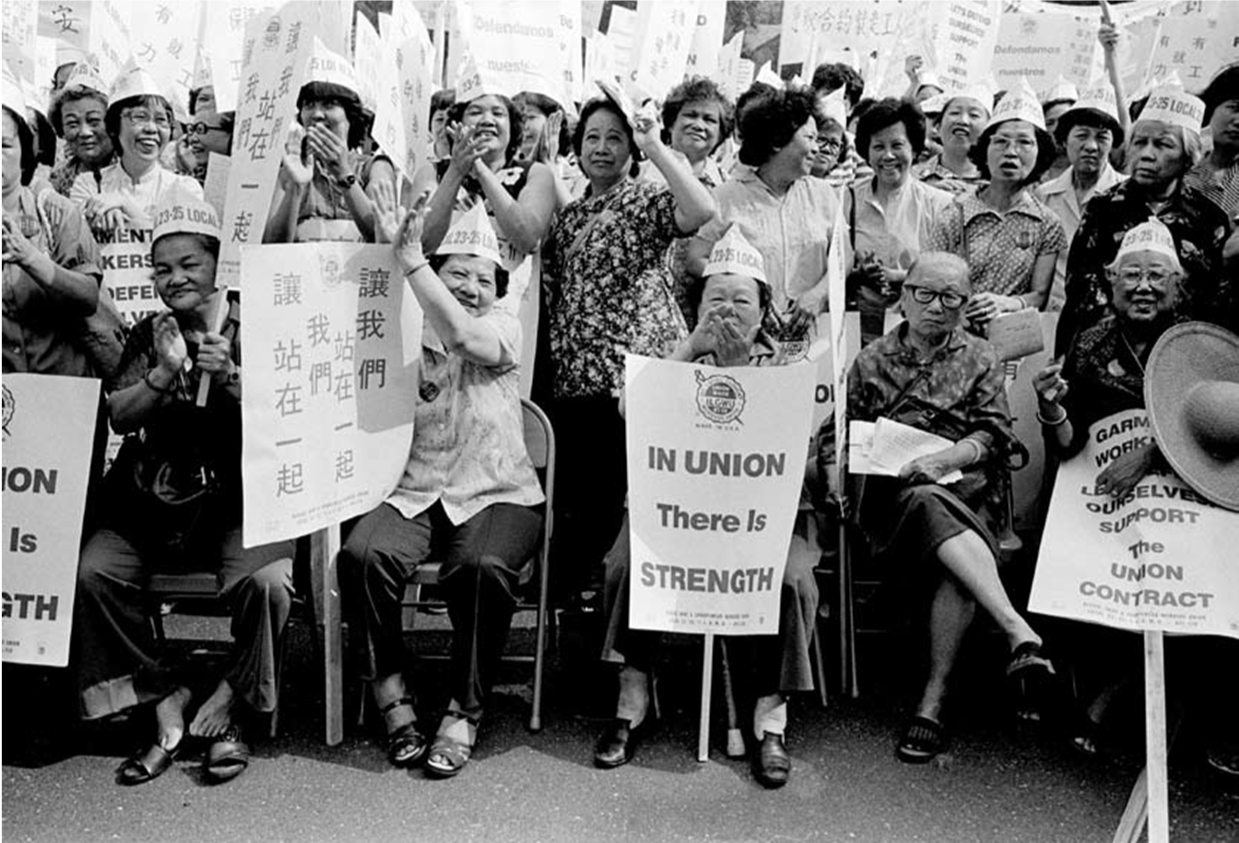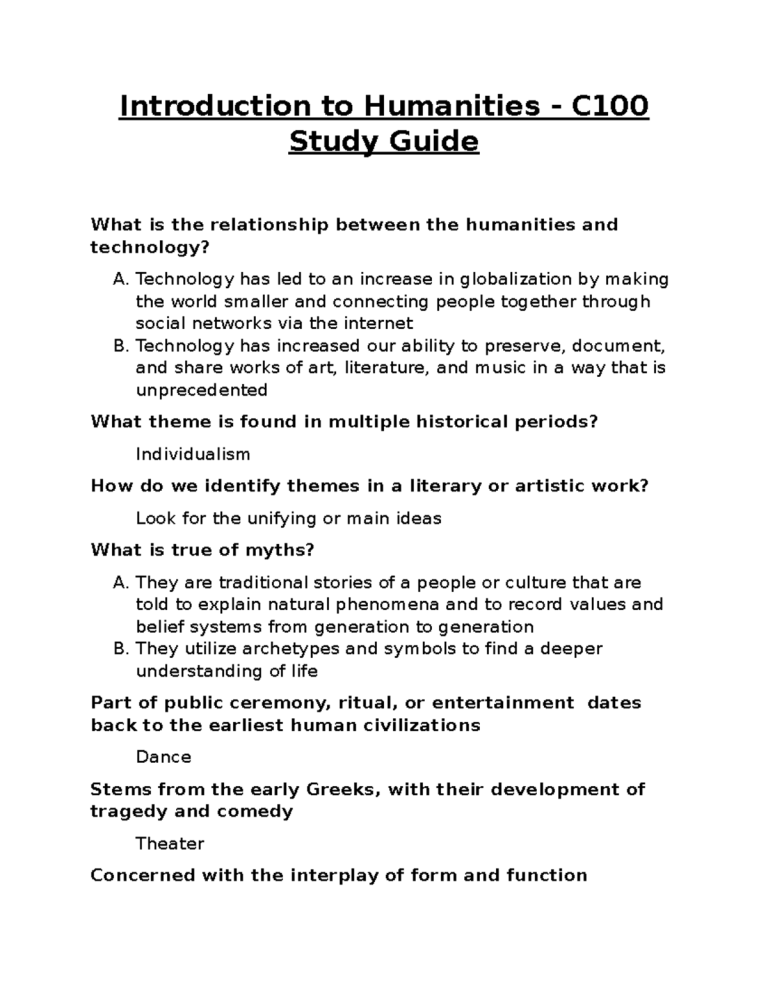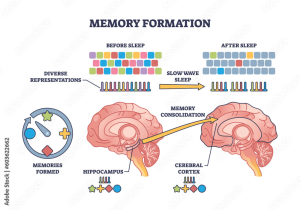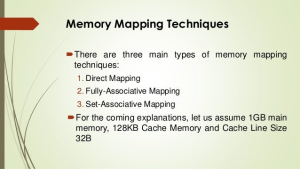In the realm of historical exploration, Asian American women’s history has often remained a hidden narrative, overshadowed by broader historical accounts. Recent initiatives, such as the Schlesinger Library exhibit “Illuminate: Contextualizing Asian American Women’s Stories Through the Archives,” aim to shed light on the vital contributions of Asian women throughout American history. Through archival stories and artifacts, the exhibit showcases the often-unrecognized roles these women have played in shaping Asian American culture. By highlighting their experiences and challenges, it not only celebrates their legacies but also invites audiences to reconsider the narratives that have traditionally pushed them to the margins. As we engage with these women’s history exhibits, it becomes increasingly clear that understanding Asian American women’s history enriches our comprehension of U.S. history as a whole.
Exploring the rich tapestry of Asian American women’s narratives unveils a crucial aspect of the broader women’s history landscape in the United States. This exploration encompasses the struggles and triumphs of Asian women, often downplayed in conventional historical discourse. The current movements to document and elevate these stories are not only about recognition but also about restoring rightful place in the chronicles of American heritage. By uncovering these often-overlooked contributions, we come to realize the integral role that Asian women have played in battles for justice and equality, thus transforming our understanding of Asian American identity. Through various exhibitions and scholarly projects, the call to remember and honor these voices continues to grow, reflecting a necessary shift towards inclusivity in the historical narrative.
Revisiting Asian American Women’s Historical Contributions
Asian American women have historically faced marginalization in narratives surrounding American history. Exhibitions like the one at the Schlesinger Library spotlight their significant yet often overlooked contributions through artifacts that encapsulate their experiences. These narratives, as illustrated in the ongoing exhibit, explore the lives of women displayed at the 1904 St. Louis World’s Fair, whose stories were silenced in a colonial context. By resurrecting these archival stories, educators and historians challenge conventional understandings, allowing us to comprehend the depth and breadth of Asian American women’s impact through various periods.
The efforts to reclaim and illuminate Asian American women’s history tie closely to contemporary movements advocating for inclusivity and recognition. As noted in the exhibition, the use of archival materials to research the contributions and struggles faced by women like those involved in the 1874 court case of Ah Fong offers profound insights into their resilience and agency. Such cases not only shine a light on individual stories but also contextualize them within larger societal issues such as immigration and civil rights, underscoring the necessity of integrating these histories into the broader narrative of American culture.
The Role of Archival Collections in Understanding Asian American Heritage
Archival collections serve as vital tools in preserving the legacies of marginalized communities, including Asian American women. The Schlesinger Library’s current exhibition, “Illuminate: Contextualizing Asian American Women’s Stories Through the Archives,” exemplifies this role by showcasing a range of artifacts that articulate the historical challenges and triumphs of these women. Through collaboration with students, the library not only curates artifacts but also redefines ownership of these narratives, inviting a new generation to engage with their history actively.
Such exhibitions advocate for the importance of seeking out archival stories that reflect the rich tapestry of Asian American culture. By revisiting materials from different epochs, historians and researchers can construct a more nuanced narrative that encompasses both struggles and achievements. This has profound implications for how we view and teach history today, facilitating a collective memory that recognizes and values the contributions of all cultural groups.
Asian Women’s Contributions to American Society
The contributions of Asian women to American society are manifold, encompassing various fields from arts and culture to politics and civil rights. The ongoing exhibit at the Schlesinger Library not only displays visual representations but also unearths narratives that articulate their significant roles. For instance, while figures like Grace Zia Chu and Madhur Jaffrey are celebrated for their culinary contributions, many stories of earlier women remain hidden in the archives, awaiting discovery and re-contextualization. This journey of unearthing forgotten histories emphasizes the need for a broader understanding of the impact Asian women have had on American society.
Moreover, the history of Asian American women is closely tied to critical movements such as the struggle for labor rights and immigration reform. As elucidated by the exhibit’s curators, the stories of women involved in landmark cases and activism reveal a continuity of resistance against societal injustices. Highlighting these narratives allows modern audiences to appreciate the struggles these women faced and the trailblazing paths they forged, which resonate in ongoing social justice initiatives today.
The Impact of the 1904 St. Louis World’s Fair on Asian Representation
The 1904 St. Louis World’s Fair stands as a significant event reflecting societal views and representations of Asian women during that time. Exhibited as ‘living artifacts,’ these women were stripped of their individuality and agency, serving as a stark representation of colonial attitudes. The Schlesinger Library’s exhibit sheds light on this issue by showcasing archival materials that give voice to these historically invisible women, prompting visitors to reconsider the impact of such representations on contemporary understandings of Asian American culture.
Through the context of the World’s Fair, the exhibition encourages viewers to grapple with the legacies of imperialism and its lingering effects on cultural identity. By examining the historical narratives associated with these women, we begin to understand the complexities of stereotypes and their lasting implications in today’s society. As modern dialogues around representation evolve, celebrating the resilience and contributions of Asian women becomes imperative in overcoming the historical erasure they faced.
Cultural Memory and the Educational Role of Museums
Museums and cultural institutions play a pivotal role in shaping our collective memory, particularly through the exhibitions they curate. The Schlesinger Library provides a platform for reliving Asian American women’s histories, ensuring that these narratives are not lost to time. By integrating academic research with accessible exhibitions, institutions foster a deeper understanding of cultural diversity and historical context among their audiences.
The interplay between education and archival storytelling allows for questioning the narratives that have dominated historical discourse. Programs like the one taught by Betts and Lee highlight the importance of integrating student engagement in the learning process, urging a reevaluation of how histories are presented. This collaborative effort not only empowers students to connect with their heritage but also serves as a model for how similar initiatives can engage communities in cultural education.
Archiving Women’s History: Challenges and Opportunities
Delving into the archives for Asian American women’s history brings both challenges and opportunities for scholars and archivists alike. While many documented stories exist, a significant portion remains undocumented or overlooked due to historical biases. The current exhibition emphasizes the need for focused efforts to collect and preserve these narratives actively, showcasing the challenge of achieving a comprehensive representation of history.
Nevertheless, this challenge presents an opportunity for innovation within archival practices, as demonstrated by the Schlesinger Library’s ongoing acquisitions and exhibitions. By collaborating with community members and leveraging modern technology, archivists can expand their collections and ensure the preservation of diverse voices. This not only enriches academic research but also contributes to a more inclusive understanding of American history, providing future generations with a more accurate and representative narrative.
The Influence of Asian American Women in Arts and Culture
Asian American women have long played influential roles in shaping the arts and culture landscape in the United States. The exhibition at the Schlesinger Library illustrates this impact by bringing attention to their contributions through various mediums, from visual arts to culinary practices. By capturing their stories, the exhibit not only honors their accomplishments but also inspires a new generation of artists and leaders to embrace their identities and histories.
Exploring themes of identity, resilience, and cultural expression within the artistic works highlighted in the exhibition, attendees are encouraged to reflect on how these narratives resonate within broader societal discourse. As Asian American women continue to rise in prominence in creative industries, understanding their historical context highlights the longstanding traditions of representation and advocacy within these fields.
Understanding Intersectionality in Asian American Women’s Experiences
Intersectionality is crucial in understanding the diverse experiences of Asian American women, as it encompasses various identities, including race, gender, and class. The Schlesinger Library’s exhibition illuminates these intersections by highlighting stories that may otherwise remain untold. By focusing on the unique challenges faced by Asian women, such as immigration and discrimination, the exhibition provides a more intricate understanding of their roles in American society.
By promoting discussions around intersectionality, the exhibition encourages a critical examination of how marginalized identities intersect, contributing to broader conversations about privilege and oppression. This approach not only enriches the narrative of Asian American women’s history but also fosters solidarity among various communities, paving the way for collective advocacy and social justice.
Crafting a New Narrative: Future Directions for Asian American Women’s Histories
As we confront the narratives surrounding Asian American women’s histories, it’s essential to look toward the future and seek new directions for representation and preservation. The collaborative work at the Schlesinger Library indicates that integrating academic research with community engagement can yield innovative approaches to archiving these histories. The aim is not only to retrieve forgotten stories but also to reframe narratives that challenge existing stereotypes and acknowledge the multifaceted roles these women play in society.
Considering the evolving landscape of Asian American identities, future initiatives must continue to adapt and respond to the changing cultural dialogues. By leveraging technology and fostering partnerships with various organizations, scholars can ensure that Asian American women’s narratives find their rightful place in the historical record, ultimately enriching our understanding of American history as a whole.
Frequently Asked Questions
What is the significance of the Schlesinger Library exhibit on Asian American women’s history?
The Schlesinger Library exhibit, titled “Illuminate: Contextualizing Asian American Women’s Stories Through the Archives,” is significant because it highlights the often-overlooked contributions and stories of Asian American women throughout 150 years of history. Through archival material, the exhibit challenges viewers to reconsider assumptions about these women’s roles and emphasizes their impact on American culture and history.
How does the Schlesinger Library exhibit address the erasure of Asian American women’s history?
The exhibit addresses the erasure of Asian American women’s history by showcasing archival stories that have been historically neglected. It explores how these women’s narratives were marginalized or hyper-visible at various times, particularly through the lens of ongoing discussions about colonialism and societal perceptions, prompting a deeper reflection on their historical presence and significance.
What materials are featured in the Schlesinger Library’s Asian American women’s history exhibit?
The exhibit features a diverse array of materials, including photographs, political posters, comic books, and zines that contextualize Asian American women’s experiences. Historical artifacts, such as images of Ainu and Visayan women from the 1904 St. Louis World’s Fair, serve to connect contemporary narratives to the past, highlighting Asian women’s contributions to American history.
Who contributed to the creation of the Schlesinger Library exhibit on Asian women’s contributions?
The creation of the Schlesinger Library exhibit involved collaboration between students and archivists, particularly through a spring undergraduate course co-taught by Victor Betts and Erika Lee. This co-creation model emphasizes research and learning while enriching the discourse surrounding Asian American women’s contributions to history.
What themes are explored in the ‘Illuminate’ exhibit on Asian American women’s stories?
Key themes explored in the ‘Illuminate’ exhibit include the marginalization of Asian American women’s stories, the impact of historical events such as the Chinese Exclusion Act and Japanese American internment, and the resilience and activism of Asian American women in response to societal challenges. The exhibit seeks to foster a comprehensive understanding of their roles within the broader narrative of American history.
How can visiting the Schlesinger Library exhibit enhance understanding of Asian American culture?
Visiting the Schlesinger Library exhibit enhances understanding of Asian American culture by providing insights into the rich histories and contributions of Asian American women that are often overlooked. Through engaging with archival stories and artifacts, visitors gain a deeper appreciation of the complexities and nuances of Asian American identity and culture, encouraging a broader dialogue about diversity in historical narratives.
| Key Point | Description |
|---|---|
| Exhibition Theme | The exhibition titled “Illuminate: Contextualizing Asian American Women’s Stories Through the Archives” aims to shed light on the often-overlooked history of Asian American women. |
| Historical Artifacts | Artifacts from the 1904 World’s Fair, including photos of Ainu and Visayan women, are displayed to explore their history and the concept of erasure. |
| Collaborative Learning | The exhibition was developed in conjunction with a Harvard course co-taught by Victor Betts and Erika Lee, promoting a model of co-teaching and student engagement with archival research. |
| Research Highlights | Students researched significant cases like Ah Fong’s, which addressed immigration rights and the legal status of Asian women in America. |
| Artwork Commission | Artist Shaina Lu created translucent illustrations to accompany the archival materials, blending art with historical narratives. |
| Impact on History | The exhibition questions the marginalization of Asian American women’s contributions to history and aims to redefine their roles within the broader American narrative. |
Summary
Asian American women’s history is a crucial part of the tapestry of American historical narratives. Through exhibitions like “Illuminate,” the often-invisible stories of Asian American women are brought to light, showcasing their significant roles in shaping cultural, social, and political landscapes. The collaborative efforts of students and archivists urge us to rethink our understanding of history, acknowledging the contributions of figures like Ah Fong and the impact of societal structures on their rights and representation. By exploring these narratives, we recognize the importance of inclusivity in historical discourse, thereby enriching our collective understanding of American identity.

